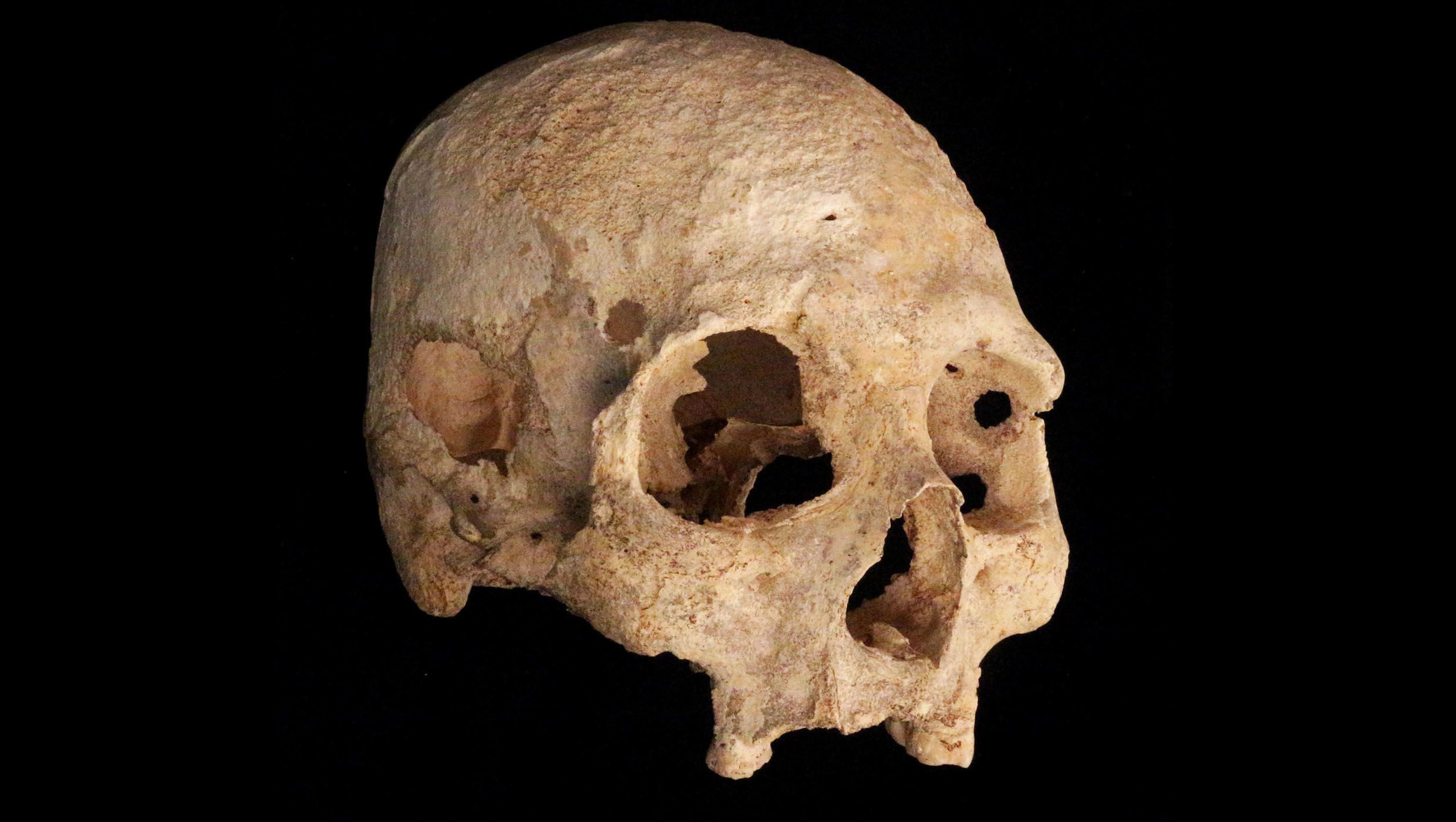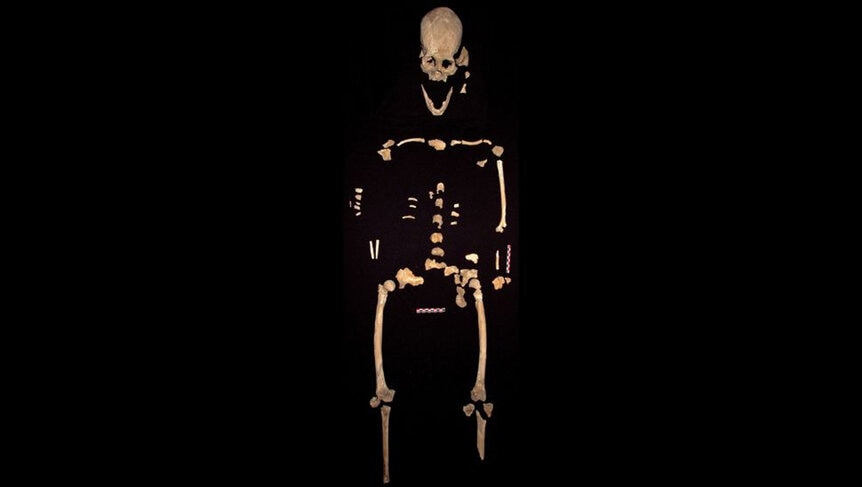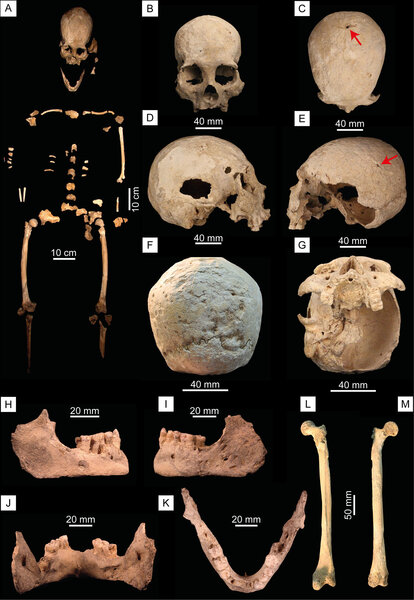Create a free profile to get unlimited access to exclusive videos, sweepstakes, and more!
9,900-year-old skull tells a horrific tale from beyond the grave

Sometime during the Paleolithic era, a woman died. The unnamed woman was around thirty years old and already suffering from advanced disease and tooth decay. Her body’s final resting place was the Chan Hol cave in on the Yucatán peninsula in southern Mexico.
Nearly 10,000 years later, her deformed skull and the rest of her skeleton, now known as Chan Hol 3, was discovered in the now-submerged cave by divers. Nobody knows the cause of death.
Wolfgang Stinnesbeck, a professor of biostratigraphy and paleoecology at Heidelberg University in Germany, said the skull showed “three cranial traumas” and symptoms of “a bacterial disease” in a study recently published in PLOS ONE. He added that “This is the first time that the presence of such disease is reported in a Paleoindian skeleton in the Americas.”
The disease was possibly Treponema peritonitis, which is related to syphilis. She would have had to live with the excruciating pain of inflamed, infected areas on her head. Was there an epidemic of some sort? Nine other skeletons have been found in the Chan Hol cave, including the 13,000-year-old Chan Hol 2, none have similar deformities. If any of the others were afflicted with either disease, it had not advanced far enough for their skulls to develop the dents and craters hers was plagued with.
“The lesions observed in Chan Hol 3 show similarities to a pre-Colombian South American male skull exhibiting Treponema peritonitis,” Stinnesbeck said of a similar specimen not found in the Chan Hol cave.
The head trauma is even more of a mystery. Was Chan Hol 3 taken as a prisoner of war? Ostracized? Sacrificed? Not enough is known about her people to answer that, but some things that are known about surrounding cultures may provide a glimpse into the past.
The Inca of Peru were a later civilization whose religious beliefs sometimes demanded human sacrifice. Though the mummies of sacrificial children — believed to be the purest offering to their deities — were discovered on mountains and not in caves, the question of the other head wounds on Chan Hol 3 could be answered by sacrifice. Incan priests would first drug the children so they would lose consciousness and feel no pain, then use a blunt object to strike the skull and complete their offering to the gods.
Stinnesbeck believes the wounds were antemortem (before death) since they show some signs of healing, as opposed to postmortem wounds (after death). That may suggest there was a reason her death needed to be finalized. It is possible that the woman was executed for either a crime or by an invading tribe. It is just as possible that an ancient priest could have been performing a sacrifice. Loss of consciousness does not always mean instant death. This could go for any cause of the wounds, meaning that this woman could have been unconscious but alive for days, or even worse, conscious but too severely injured to escape.
What Stinnesbeck is leaning most towards as the cause of at least two of these wounds is trepanation. The oldest known form of surgery, it was used by the Inca and also the Aztecs and Mayans of Mexico, Chan Hol 3’s people predated. Trepanation was a pretty gruesome procedure that involved drilling a hole in the skull to relieve pressure on the brain. Many people would end up having to be trepanned more than once, and fluid leakage was not uncommon. Neither was infection.
There is also a chance the cause of death had nothing to do with any of the injuries. Maybe the woman died of something unrelated, and when her body was interred soon after, stalagmites on the cave floor struck her skull. Because the cave was not submerged at the time, there was no water to soften the blow. The deformities also could have been the result of erosion long after death.
Not enough evidence exists to reveal what really happened, but the woman known as Chan Hol 3 may eventually speak to us more from beyond the grave.




























